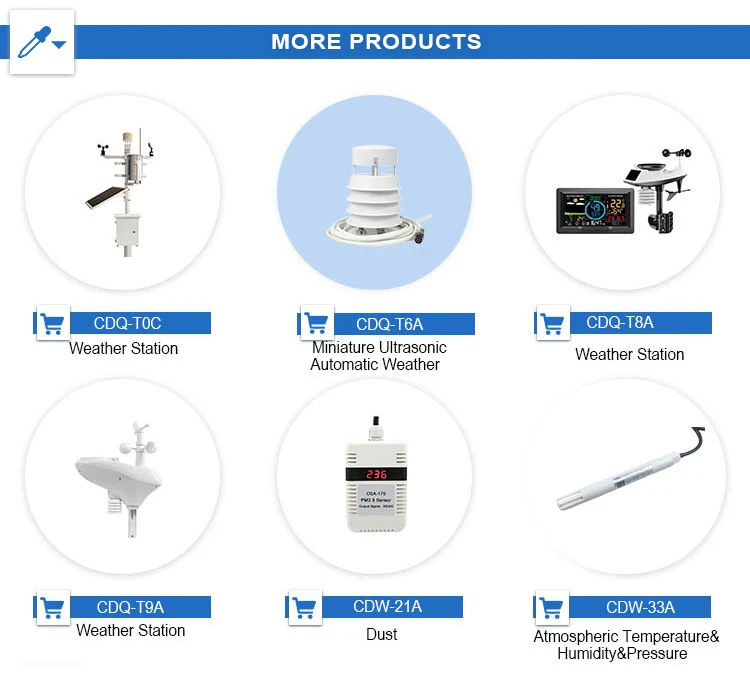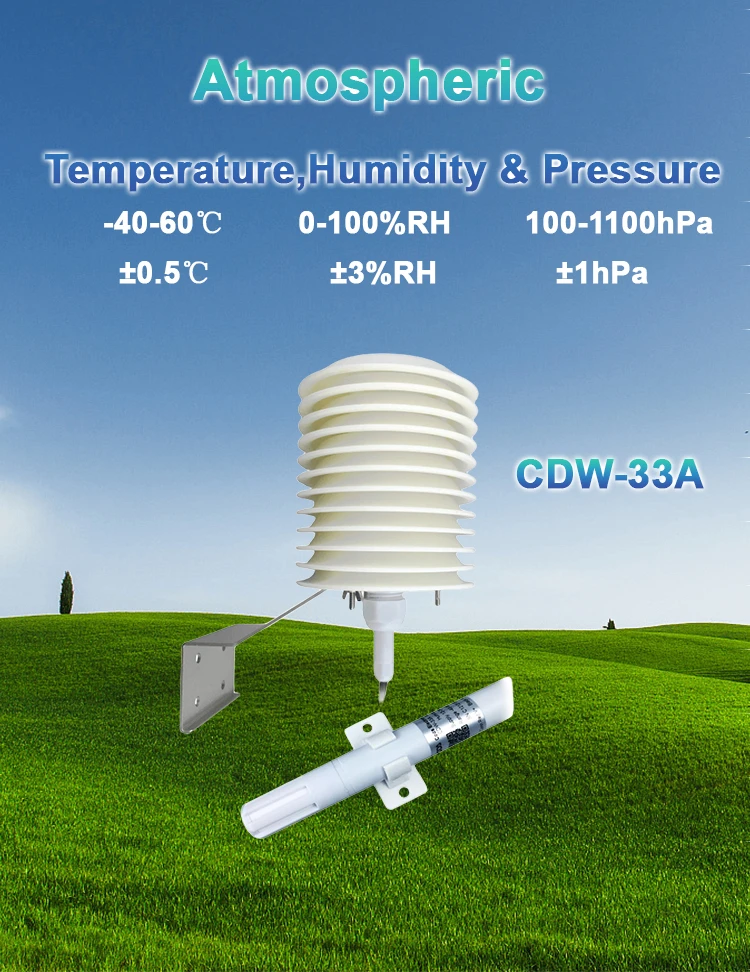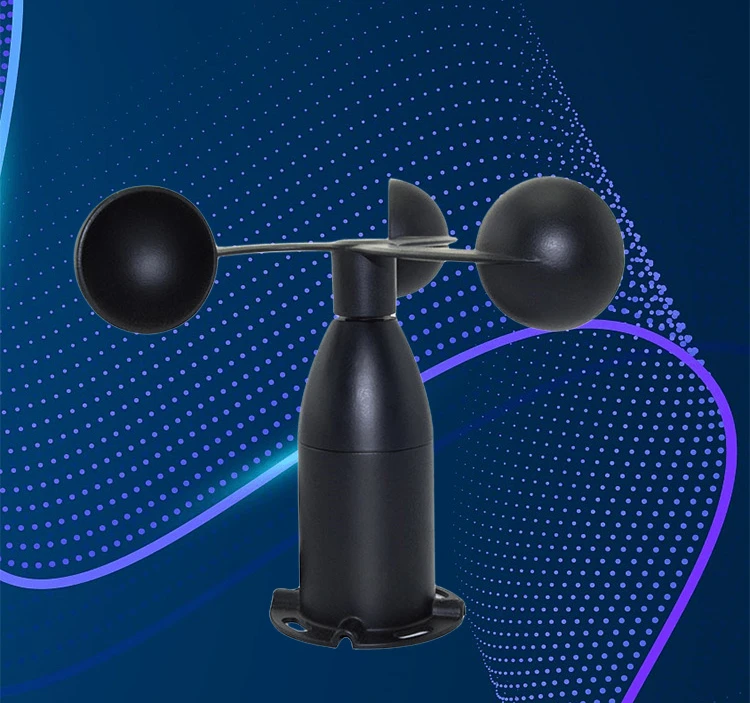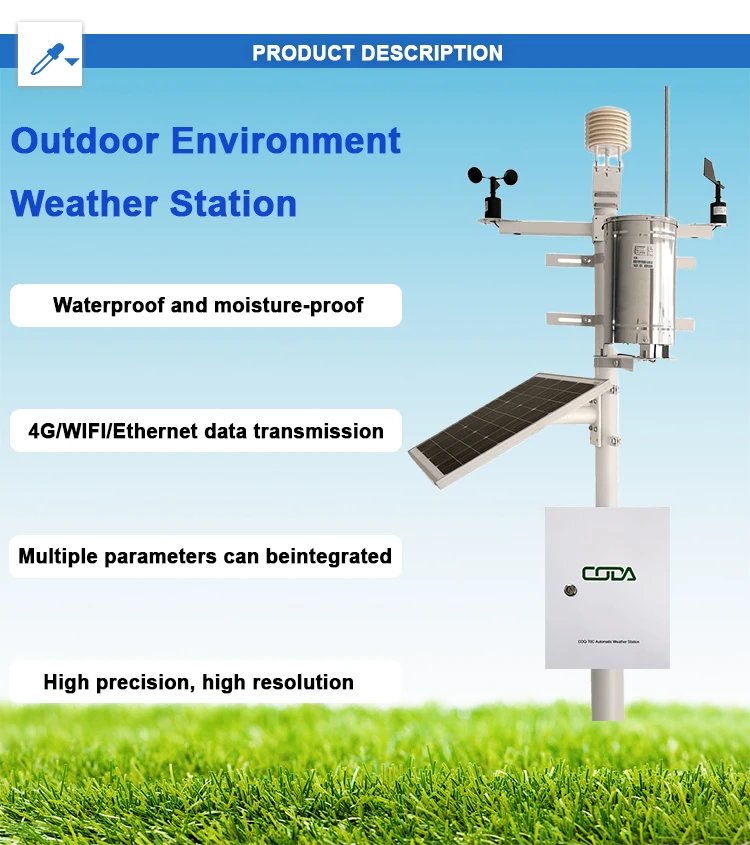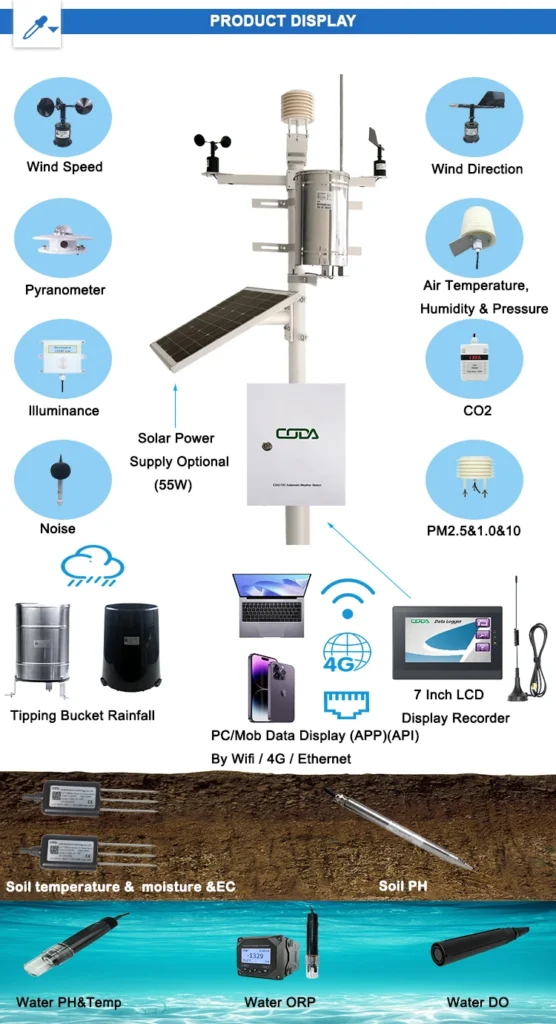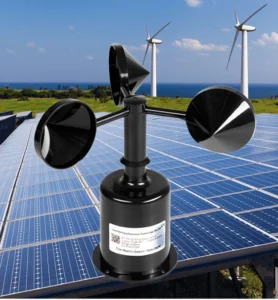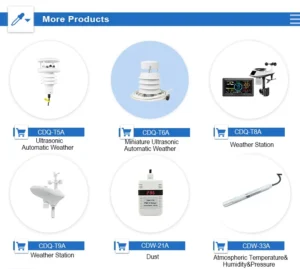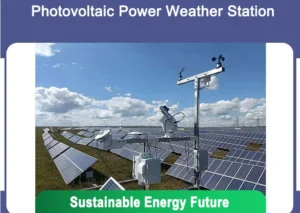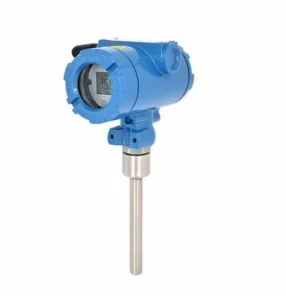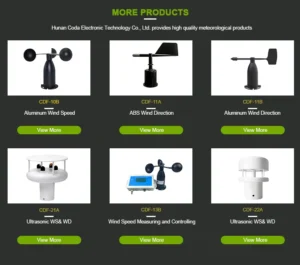Top 10 weather instruments & weather measuring tools
Introduction to Weather Instruments
Weather instruments are key to understanding and recording atmospheric conditions. From old tools like wind weather vane to modern weather stations, these devices help us study and predict the weather.
Today, there are many weather tools. Each one has a special job. This article will explore the top ten tools that help us measure the weather accurately.
The Importance of Weather Monitoring
Watching the weather is important for many reasons. Farmers need good forecasts to know when to plant and when to harvest. They use these predictions to help protect their crops from bad weather. Families and businesses must stay informed about storms to prepare well.
Weather forecasts help keep travel and flying safe. They also help many other industries. Good weather tools help us notice changes in the atmosphere.
1. Thermometer:
A thermometer is a simple tool for measuring temperature. It often has a glass tube filled with mercury or alcohol. This liquid expands or shrinks when the temperature changes.
Today, there are many kinds of thermometers. These include digital types, infrared types, and types for both indoor and outdoor use. Each type serves different user needs.
2. Barometer:
Barometers are useful tools that measure air pressure. They help weather enthusiasts see short-term weather changes and find storms. There are two main types: mercury and aneroid barometers.
Mercury barometers have liquid mercury in a glass tube. Aneroid barometers use mechanical parts to sense changes in barometric pressure.
3. Hygrometer:
Hygrometers measure humidity. They show how much moisture is in the air. This tool helps us forecast rain and learn about the weather.
Hygrometers can be either analog or digital. They provide important details about dry or wet conditions. This helps make weather analysis more accurate.
4. Anemometer:
Anemometers measure how fast the wind blows and which way it goes. They often have spinning cups or a propeller. These tools figure out wind speed by how quickly they spin.
Recently, ultrasonic anemometers have become more popular. They give precise wind-flow measurements and have no moving parts.
5. Rain Gauge:
Rain gauges measure how much rain falls over time. This information is important for farming, water studies, and weather forecasts. Traditional rain gauges are simple containers that collect rainwater. Modern rain gauges use electronic sensors to measure rain more accurately.
6. Weather Station:
A complete system combines different tools, like thermometers, barometers, and hygrometers. It provides real-time weather data on key weather factors. These include temperature, humidity, air pressure, wind speed, and rainfall data.
Most modern weather stations are digital. They can use the internet to check things from far away. This makes them easy to use.
7. Psychrometer:
This device has two thermometers. One is a wet-bulb thermometer, and the other is a dry-bulb thermometer. People use them to check humidity. The difference in their readings shows how much water vapor is in the air.
8. Ceiling Projector:
This tool measures how high clouds are and how well you can see. It is very important for flying, especially at airports. It helps make takeoff and landing safer by giving accurate cloud information.
9. Snow Gauge:
A special tool measures how much snow falls. This is not the same as measuring rain. It helps us track winter weather and check snow conditions.
10. Lightning Detector:
These tools are important for watching electrical activity in the air. They help track thunderstorms and lightning. This gives people a warning so they can take safety steps and lower risks during bad storms.
Choosing the Right Weather Tools Instrument for Your Needs
Choosing the right weather instruments takes careful thought. First, think about what you need. Are you a casual weather fan looking for basic info? Are you a meteorologist who needs accurate weather data?
Think about the weather in your area too. Some instruments perform better in extreme climates, while others are better for moderate ones.
The budget is crucial too. Weather instruments can be low-cost or very pricey. It is key to find a balance between cost and features.
Also, consider how easy the equipment is to set up and take care of. This can really change how helpful it is in the future.
Enhancing Your Weather Observations
To better understand the atmosphere and improve your weather monitoring, it is good to use multiple tools. For example, using a thermometer, barometer, and hygrometer lets you check temperature, pressure, and humidity at the same time. This mix of weather data gives you a clearer view of possible weather patterns and changes. It helps make forecasting more reliable.
Linking weather tools to software or mobile apps helps collect and study data right away. Many online platforms let users track and compare weather trends over period of time. This gives helpful insights for climate research or personal projects.
Conclusion
Weather instruments are important for checking the environment. There are two types of weather tools: traditional and modern.
Traditional tools are thermometers and barometers. Modern devices are anemometers and lightning detectors. These weather tools help us understand and predict the weather better.
By choosing the right tools and using them well, you can improve your weather observations. Good weather tools help you get accurate readings. This is true for both hobbyists and professionals. This helps build trust in watching over the environment.
Hunan Coda Electronic Tech Co., Ltd helps local businesses by forming strong partnerships and boosting customer engagement. Coda’s weather instruments are famous around the world for their quality and reliability.
We are focused on making Coda Sensors better. We want to be more efficient and earn more profit. This will help our customers and workers. It will make our products and services better.
